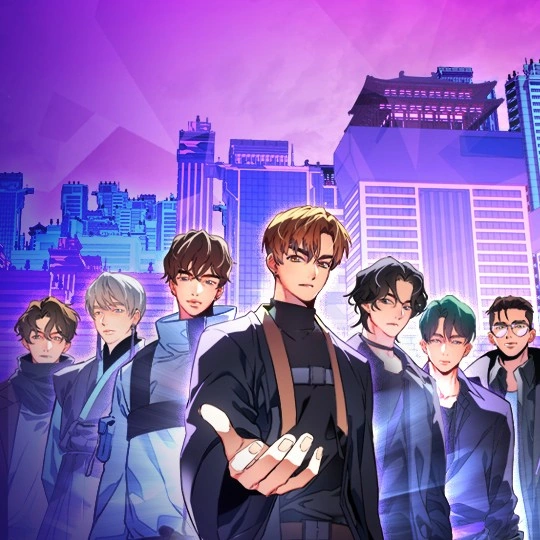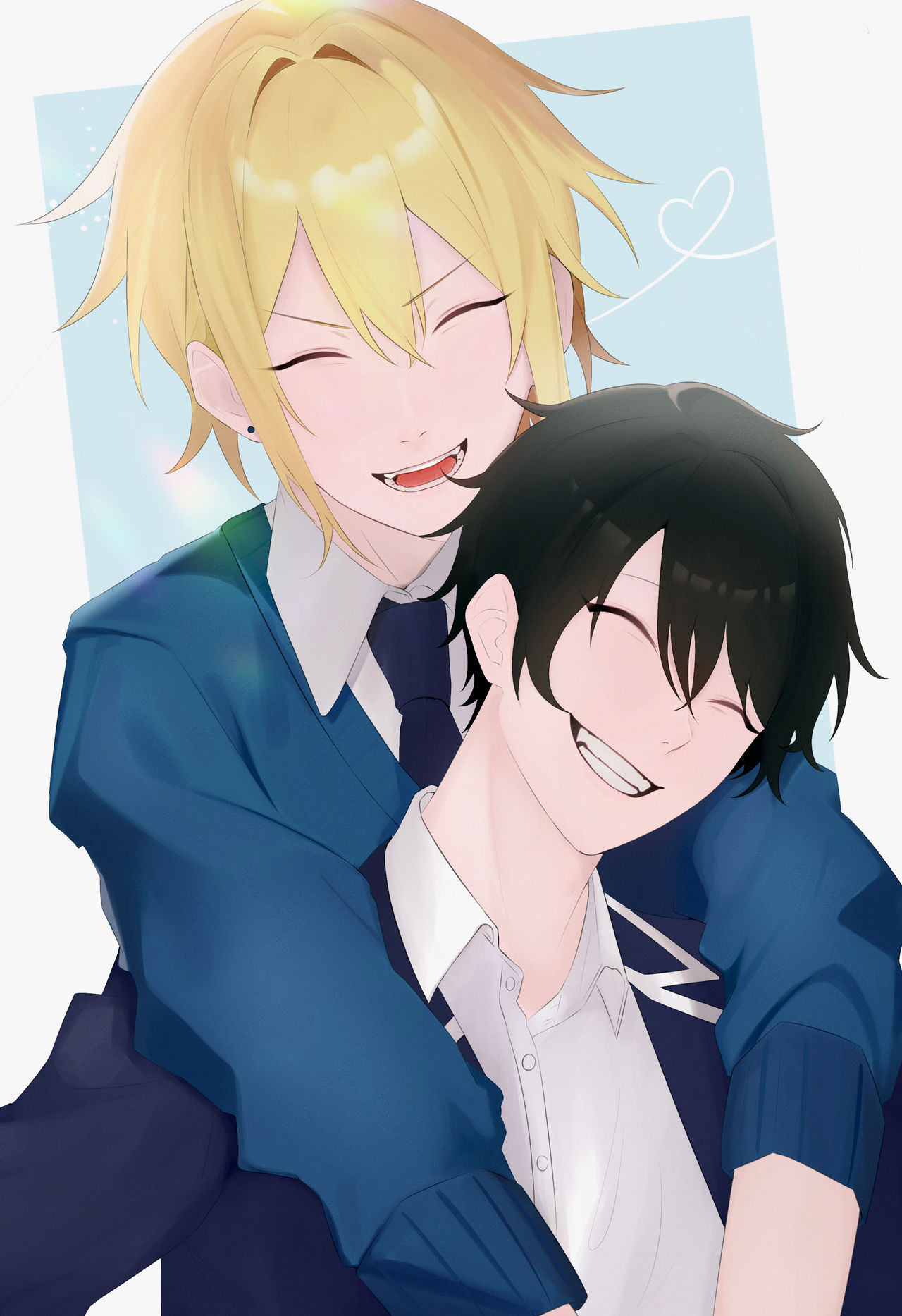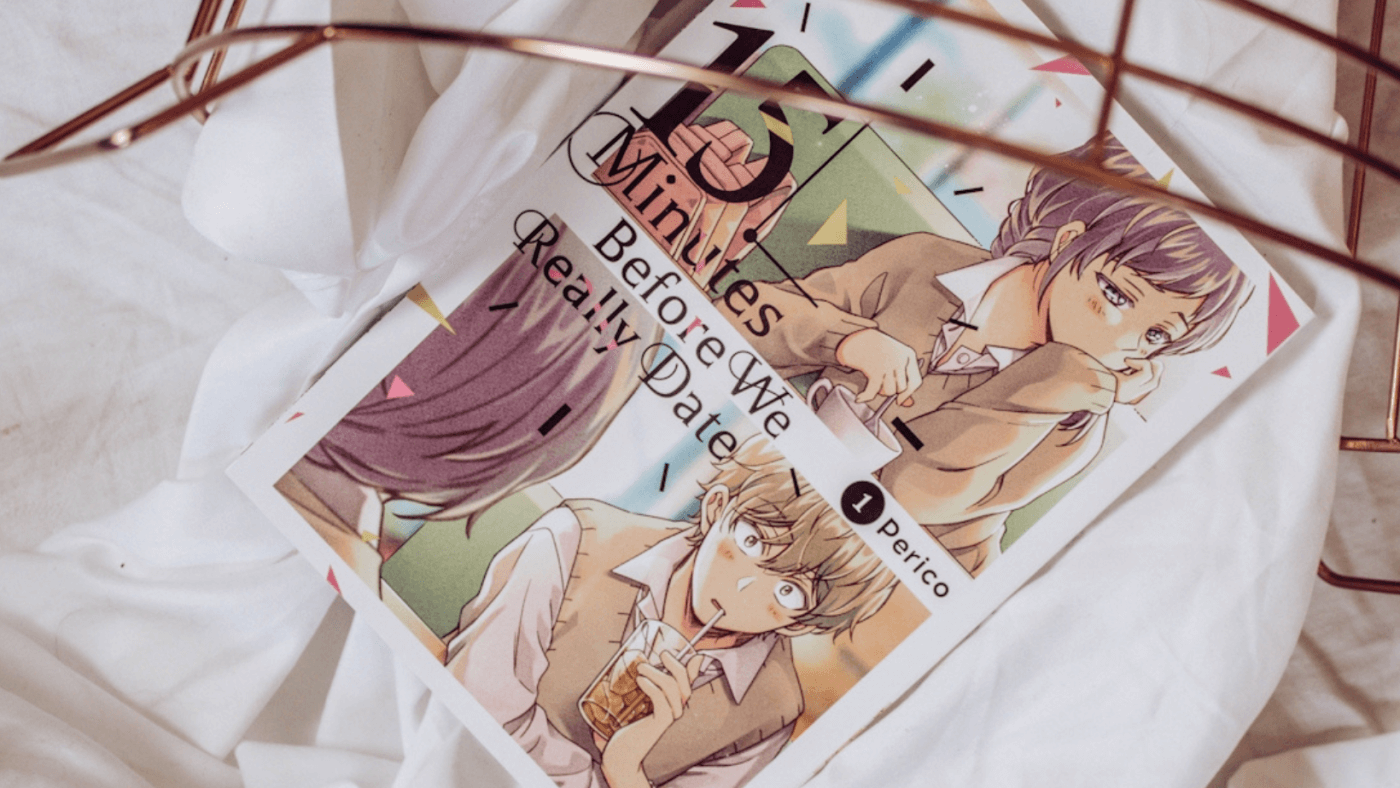7Fates: Chakho Volume 1 Overview and Key Takeaways
Introduction to 7Fates: Chakho Ize Press continues to enchant fans with its latest release, 7Fates: Chakho, a captivating HYBE manhwa now available in English print. Launched in 2022 as a digital comic on Webtoon, this series features main characters inspired by the beloved members of BTS. Zeha’s Journey: Uncovering the Past At the heart of the story is Zeha, an orphan with fragmented memories of his parents, who died when he was young. When a mysterious man reveals that the truth about his parents’ death lies at Inwang Mountain, Zeha cannot resist investigating. However, he awakens in a hospital days later, with no recollection of what transpired. It’s only through the detective assigned to his case that he learns he is the sole survivor of a massacre, leaving both Zeha and the detective with more questions than answers. The Revelation of Zeha’s Heritage After recovering, Zeha returns to the mountain, uncovering the shocking truth: he is the son of a shaman who could open and close the portal to the world of the Beom—feline-like creatures that prey on humans. His father was a Beom who fell in love with the shaman, resulting in Zeha being born a half-Beom, half-shaman. As the only one capable of opening the portal to the human world, Zeha finds himself manipulated by the Beom leader. A Quest for Redemption With the guidance of a guardian deity tasked with preventing the Beom from entering the human realm, Zeha embarks on a mission to find and seal the monster’s leader. Fortunately, he won’t be alone; six other allies will join him, starting with Do-Geon, who seeks vengeance for the murder of his siblings at the hands of a Beom. A Must-Read for BTS Fans For BTS fans, affectionately known as A.R.M.Y, 7Fates: Chakho is an essential read. Each character is a representation of a BTS member, with Zeha symbolizing Jung Kook. While this volume introduces potential allies, readers will have to stay tuned for the full development of these relationships. Themes of Loneliness and Growth Zeha has always felt isolated since losing his parents. He believed that by suppressing memories of them, he could finally belong. However, the Beom leader exploited his vulnerabilities, leading to guilt over unsealing the portal. Now, under the guardian deity’s mentorship, Zeha is determined to become a formidable warrior. Action-Packed Narrative with Unique Presentation The action-packed series features onomatopoeic sound effects like “zoom” and “spurt” during intense fight scenes, which vividly enhance the experience. Additionally, the artwork incorporates Japanese kanji alongside English translations for special attacks and terms like Beom, enriching the storytelling. Narrative Structure and Pacing Concerns Volume 1 introduces Team Chakho, led by Zeha, setting the stage for future battles against the Beom. The omniscient narrator provides insight into the characters’ thoughts from both Zeha’s and the guardian deity’s perspectives. However, the pacing feels rushed; six chapters span roughly five months, leading to a rapid succession of events. While the narrator indicates the passage of time, the swift transitions diminish suspense and engagement. Some information is repeated, which may disrupt reader immersion. Bonus Features and Presentation The cover of Volume 1 features a gloss lamination but lacks special finishes. However, Ize Press surprises readers with a double-sided, removable poster included within the volume. Additionally, the last chapter contains a glossary and explanations of the terminology and folklore that inspired the series. Conclusion: A Promising Start 7Fates: Chakho is a thrilling collaboration between HYBE and BTS. Originating as a digital comic on Webtoon, it is now available in print through Ize Press, with Volume 2 set to release in February 2024. This volume offers a compelling blend of action, emotion, and cultural references that fans won’t want to miss.











